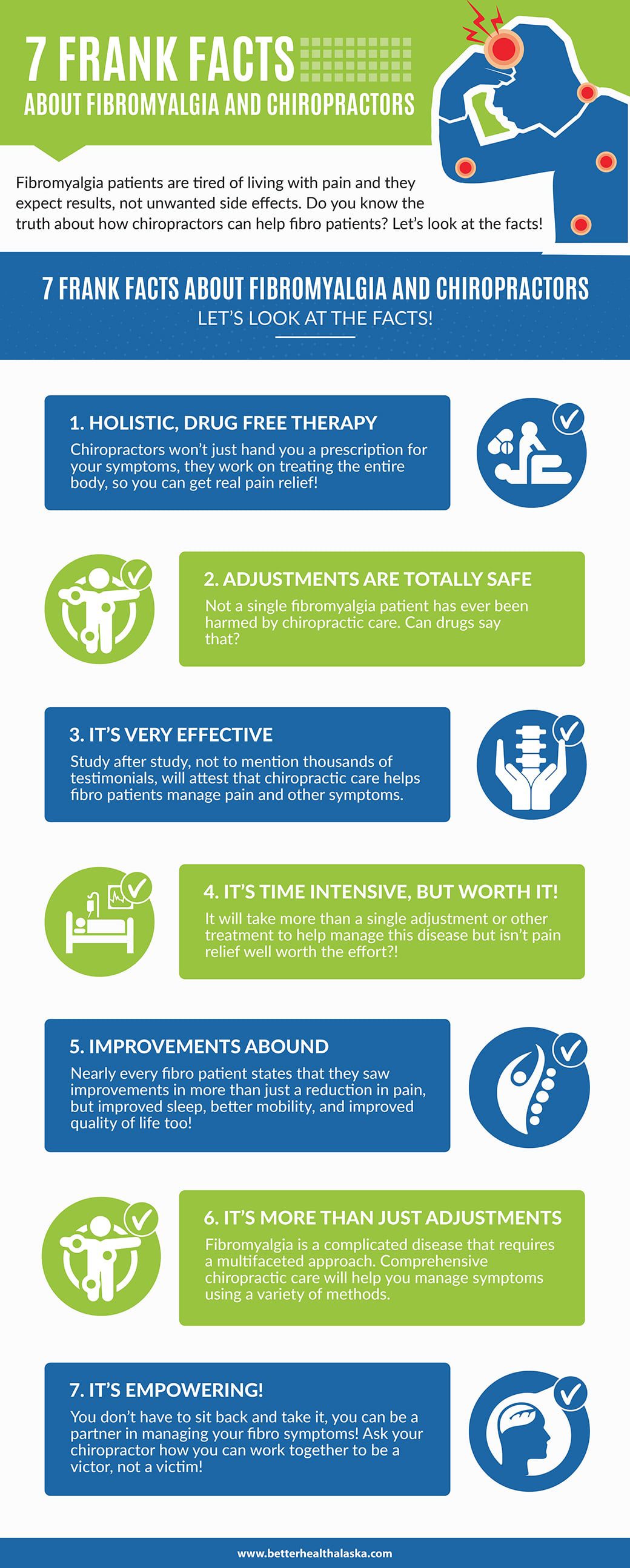Steps To Layout An Ergonomic Work Area That Lowers Neck Discomfort: A Comprehensive Overview
Steps To Layout An Ergonomic Work Area That Lowers Neck Discomfort: A Comprehensive Overview
Blog Article
Created By-Lauritsen Joseph
To avoid neck discomfort at your workstation, guaranteeing your setup is ergonomically audio is vital. Think of a work area where each aspect is customized to support your body's positioning and minimize pressure. By complying with a few basic actions, you can change your workdesk location into a haven of convenience and performance. But just how specifically can you achieve this harmonious balance between job and health? Let's discover the vital suggestions to develop an ergonomic work space that will certainly maintain neck pain at bay.
Assess Your Present Configuration
Wondering if your current work space is adding to your neck discomfort? Take a moment to review your setup. Begin by looking at your computer display. Is it at eye degree, or do you find yourself frequently seeking out or down? Adjust chiropractor for sciatica to ensure that your stare is naturally in line with the top of the screen.
Next, consider your chair. Are you slumping over or stooping over while you function? Your chair must sustain your reduced back and advertise great position. Readjust the height so that your feet are flat on the floor and your knees are at a 90-degree angle.
Take note of the setting of your keyboard and mouse. Are they within very easy reach, or are you continuously getting to and straining your arms and shoulders? Maintain these tools near your body to reduce unnecessary motions.
Last but not least, think of your lighting. Is it too intense or too dark? Appropriate lighting can reduce eye strain and reduce tension in your neck. Make these tiny adjustments to create a much more ergonomic workspace and aid ease your neck discomfort.
Change Your Chair and Desk
To develop a much more ergonomic office and lower neck discomfort, guaranteeing correct adjustment of your chair and desk is critical. Start by readjusting your chair to make sure that your feet rest level on the flooring, knees are at a 90-degree angle, and your reduced back is supported by the chair's back support. Your workdesk ought to go to arm joint elevation to keep proper arm placement and reduce pressure on your neck and shoulders. Make sure there's enough space under the desk for your legs to relocate comfortably.
When readjusting your desk elevation, guarantee your wrists remain straight while typing and using the mouse. Your monitor needs to be at eye level, about an arm's length away, to avoid you from stressing your neck by overlooking or up. Keep your key-board and mouse close to prevent overreaching, which can cause shoulder and neck discomfort.
Keep in chiropractor salary to take breaks and stretch occasionally to prevent tightness and promote circulation. By properly readjusting your chair and desk, you can produce an office that sustains great posture and reduces the danger of neck discomfort.
Placement Your Monitor and Keyboard
For optimal functional designs and to relieve neck pressure, appropriate positioning of your display and key-board is vital in your work space configuration. Begin by placing your monitor straight in front of you at arm's length away, making certain the top of the screen is at or a little listed below eye degree. https://patch.com/pennsylvania/bensalem/obsessed-patient-beat-bucks-co-chiropractor-death-da helps in reducing strain on your neck by maintaining it in a neutral position.
Setting the keyboard to ensure that your elbows are bent at a 90-degree angle and your wrists are straight while typing. Your key-board ought to be placed at an elevation that enables your shoulders to remain loosened up and your arms to be parallel to the floor. In addition, ensure the mouse is placed alongside your keyboard at the exact same degree to avoid getting to or twisting.
Bear in mind to take short breaks to extend and change your stance throughout the day, maintaining good positioning and avoiding neck pain. An efficient workspace with effectively placed display and key-board can considerably affect your comfort and performance.
Conclusion
Finally, by complying with these basic steps to create an ergonomic work space, you can substantially lower neck discomfort and discomfort. Remember to assess your existing setup, adjust your chair and desk, and position your display and keyboard appropriately. By taking these positive steps, you can enhance your overall comfort and efficiency while functioning.
